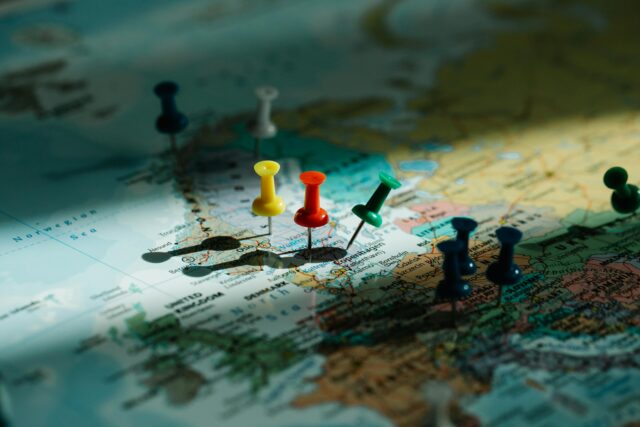For most of history, accurately predicting floods on a large scale was impossible because it’s such a complex problem, and there wasn’t enough data. Only a small percentage of the world’s rivers have devices to measure water flow, which makes it especially hard to get accurate flood information for people in vulnerable or under-resourced communities.
Today, a new paper published in *Nature* explains how Google Research is using AI to predict river floods up to a week in advance. This technology helps us provide flood forecasts to 80 countries, covering areas where 460 million people live. In some regions, these forecasts can be found in Google Search, Google Maps, and as notifications on Android devices. Learn more – Optimizing Your Supply Chain with AI for Efficiency and Savings
What the Media Says About AI Forecasting?

The paper also highlights how Google’s AI-based flood forecasting, or AI for reliable flood forecasting, has improved predictions globally, even in countries where flood data is limited. By extending predictions up to five days in advance (compared to zero before), the technology helps communities take action sooner and potentially save lives. Thanks to AI, the quality of flood forecasts in regions of Africa and Asia is now closer to what’s available in Europe.
Involvement of the Government in AI Forecasting
These AI for reliable flood forecasting are now used by local communities, governments, and aid organizations to help protect people in flood-prone areas. This achievement wasn’t easy, especially in places where data is scarce and the impact of flooding is high. As this new research paper is published, they’re looking back at key moments that helped us reach this point.
Their first big test of AI flood forecasting started in Patna, India, a region prone to severe floods. Working with local officials, they used real-time local data to create predictions, which they launched through Google Public Alerts in 2018. It fed the AI with all kinds of information—past flood events, river level readings, terrain data—and then ran thousands of simulations for each area to generate accurate forecasts for specific locations. While they wanted to create global solutions, this early work helped us understand what AI could do.
Based on Past Data
In 2019, it expanded their forecasts by 12 times, sending 800,000 alerts to affected areas. They started working with academic researchers to combine traditional flood prediction methods with AI, later known as AI for reliable flood forecasting. They realized that using a type of AI model called Long Short-Term Memory (LSTM) networks could give highly accurate predictions even where no local river data was available, which made us think of creating a global flood forecasting system.

After their early success in India, they expanded forecasts to cover Bangladesh, helping 360 million people by giving alerts up to 48 hours in advance. But in each area, they needed local data, which limited their ability to provide global forecasts. They then shifted to a model that could work with global data structures. In 2022, they launched Flood Hub, a platform for flood forecasts, in 20 countries. including 15 in Africa. The next year, they added forecasts for 60 more countries, covering 460 million people worldwide, with data comparable to that available in Europe.
Working together has been key to the project’s growth. they collaborate with academic researchers, the World Meteorological Organization, and other global partners to support early warning systems, like the Early Warnings for All initiative, which aims to alert people to climate hazards worldwide by 2027.
Bottom Line
As climate change brings more unpredictable floods, their work continues. They hope to expand their AI research to forecast flash floods and other climate risks and to support communities in adapting to these challenges.

